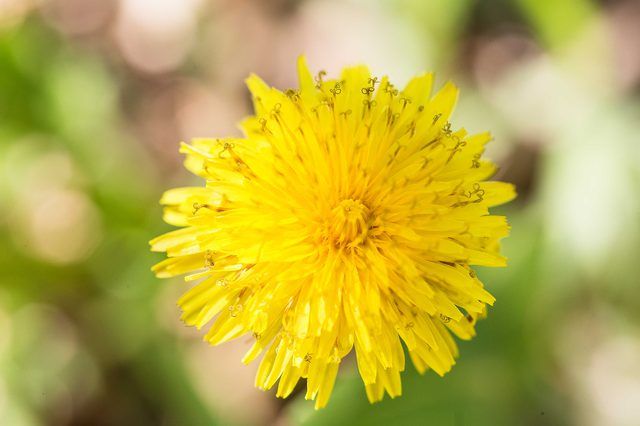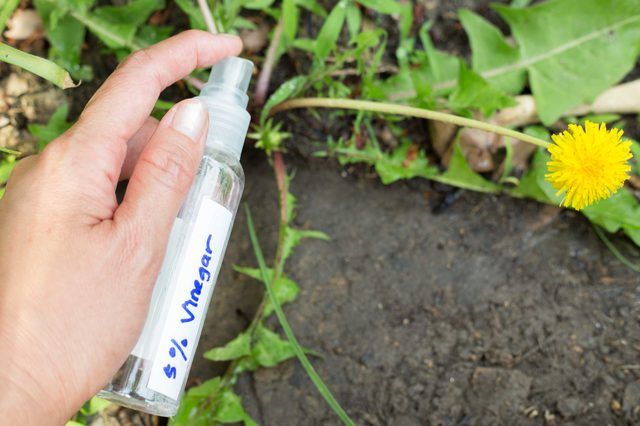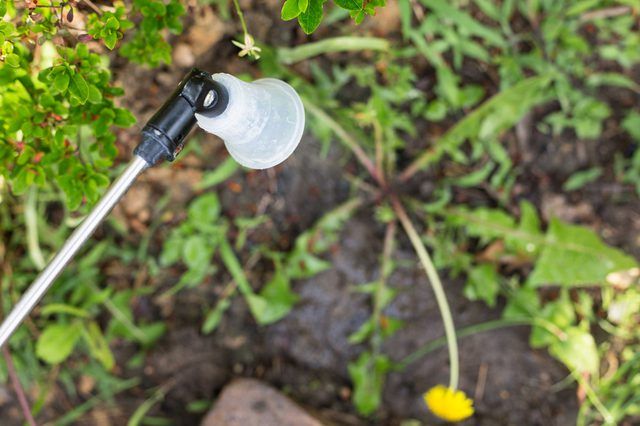Bulbs
Flower Basics
Flower Beds & Specialty Gardens
Flower Garden
Garden Furniture
Garden Gnomes
Garden Seeds
Garden Sheds
Garden Statues
Garden Tools & Supplies
Gardening Basics
Green & Organic
Groundcovers & Vines
Growing Annuals
Growing Basil
Growing Beans
Growing Berries
Growing Blueberries
Growing Cactus
Growing Corn
Growing Cotton
Growing Edibles
Growing Flowers
Growing Garlic
Growing Grapes
Growing Grass
Growing Herbs
Growing Jasmine
Growing Mint
Growing Mushrooms
Orchids
Growing Peanuts
Growing Perennials
Growing Plants
Growing Rosemary
Growing Roses
Growing Strawberries
Growing Sunflowers
Growing Thyme
Growing Tomatoes
Growing Tulips
Growing Vegetables
Herb Basics
Herb Garden
Indoor Growing
Landscaping Basics
Landscaping Patios
Landscaping Plants
Landscaping Shrubs
Landscaping Trees
Landscaping Walks & Pathways
Lawn Basics
Lawn Maintenance
Lawn Mowers
Lawn Ornaments
Lawn Planting
Lawn Tools
Outdoor Growing
Overall Landscape Planning
Pests, Weeds & Problems
Plant Basics
Rock Garden
Rose Garden
Shrubs
Soil
Specialty Gardens
Trees
Vegetable Garden
Yard Maintenance
How to Get Rid of Dandelions
How to Get Rid of Dandelions. Dandelions (Taraxacum officinale) may have cute yellow flowers, but they pop up in the lawn and other undesired places. They also pose the hazard of reduced traction in turf used for sports. Their air-borne seeds allow them to spread easily, making total prevention impossible. They are hardy in U.S. Department of...
Dandelions (Taraxacum officinale) may have cute yellow flowers, but they pop up in the lawn and other undesired places. They also pose the hazard of reduced traction in turf used for sports. Their air-borne seeds allow them to spread easily, making total prevention impossible. They are hardy in U.S. Department of Agriculture plant hardiness zones 5 through 9, so most of the northern hemisphere has to deal with dandelions. Some simple tactics, including physical removal, natural substances and herbicides, can easily reduce dandelion numbers.

If you don't want to mess with chemical herbicides, you can remove dandelions by digging them up. Dig out as much of the root as possible to prevent it from growing back -- a dandelion has a long taproot, which is usually 6 to 18 inches deep. Gardening stores often sell digging tools to remove the plants more easily. They are easiest to pull up when the soil is at least somewhat damp. Remove them before they develop seeds in spring and summer to prevent spreading.

Natural methods can kill dandelions without the expense and hassle of buying and figuring out how to use herbicides. Be careful to only apply these methods to the unwanted dandelions, as they can also harm surrounding plants. Methods include:
Stopping growth by blocking sunlight with mulch or plastic coverings
Pouring boiling water on them
Burning them with a weed burner torch (NOT to be used in dry grass)
Spraying the dandelion leaves with a 5 percent vinegar solution

Herbicides have drawbacks, such as toxicity when accidentally eaten by pets or humans. However, broadleaf herbicides are effective at killing dandelions. Herbicides containing the chemicals 2,4-D or dicamba are especially effective at killing dandelions and have the benefit of being safe to use in lawns without damaging the grass. They only work on dandelions that are currently growing, so the best times to use them are during April through June and September through October, depending on the climate.
Because different herbicides come in different concentrations, always apply them according to the manufacturer's instructions. For example, amine 2,4-D should be applied to grass at a maximum of twice per year with up to 0.5 ounce sprayed per 1,000 square feet. Because the herbicide is concentrated, you will need to dilute it with water to get enough liquid to cover the intended area. One-half to 2.5 gallons of water will be enough to cover 1,000 square feet, depending on the flow of your sprayer. Pour half of the water into the spraying container, add the correct amount of herbicide, and then add the rest of the water to mix it.
You may also choose to spot treat, applying herbicides only directly to dandelions rather than spraying an entire area. This herbicide may damage non-grass plants, so avoid contact with plants other than weeds and the lawn.

To keep the dandelions growing in your lawn from spreading, mow your grass frequently to prevent them from going to seed. However, do not mow them after they set seed in spring and summer, as seeds will disperse in the air; careful hand removal is a better option after they have set seed.
If you choose to pull up dandelions as a removal method, you can consume the vitamin-rich greens as a healthful addition to salad. People have also used the roots as a coffee substitute and made wine out of the flowers.
